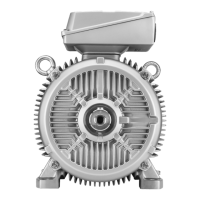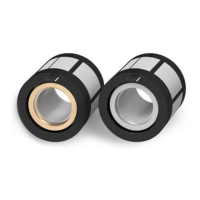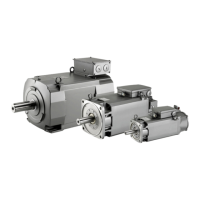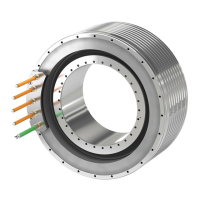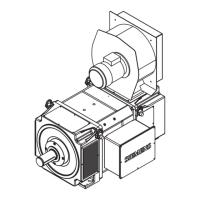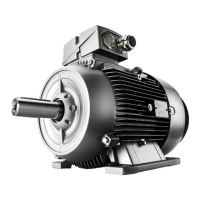Connect all of the primary sections to be connected in parallel to a Motor Module via a circuit
breaker.
• Connect phases U, V, W of the primary section in question to the corresponding terminals of
the associated circuit breaker:
U-L1
V-L2
W-L3
• Connect phases U, V, W of the Motor Module to the circuit breaker terminals:
U-T1
V-T2
W-T3
• Connect the auxiliary NO contacts of the circuit breaker in series.
• Connect the auxiliary NO contacts to an input on the CU/NCU.
• Connect the auxiliary NO contact to an external drive fault of the drive using BICO
technology. This means that when a circuit breaker trips, the complete drive is shut down
(OFF2).
• You can also evaluate the auxiliary NO contact of the circuit breaker using the PLC.
• Adjust the circuit breaker to the rated current of the motor feeder cables +10%.
Avoiding false circuit breaker tripping
At the subsequent link you can nd information in the Internet on the topic of "Inuence of high-
frequency currents on thermal overload releases of circuit breakers (3RV, 3VU) and overload
relays (3RU, 3UA)" and "Additional eects that can result in nuisance tripping".
FAQ entry ID 24153083 (http://support.automation.siemens.com/WW/llisapi.dll?
func=cslib.csinfo&objid=24153083&nodeid0=20358027&caller=view&lang=de&extranet=sta
ndard&viewreg=WW&u=NDAwMDAxNwAA&siteID=cseus)
6.5 Signal connection
WARNING
Risk of electric shock when incorrectly connecting the temperature monitoring circuit
In the case of a fault, a Temp‑S circuit does not provide safe electrical separation with respect
to power circuits.
• Use the TM120 or the SME12x to connect the Temp‑S temperature monitoring circuit. You
therefore comply with the directives for electrical separation according to
DINEN61800-5-1 (previously electrical separation according to DINEN50178).
Electrical connection
6.5Signal connection
Naturally-Cooled 1FN3 Linear Motors
Operating Instructions, 06/2023, A5E52220465B AB 93
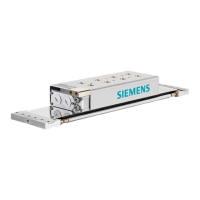
